Oriham
80.00৳ Strip(10)
- Oriham capsule is used for the treatment of Attention-Deficit/Hyperactivity Disorder (ADHD) in children, adolescents, and adults.
- It works by selectively inhibiting the norepinephrine transporter, improving symptoms of ADHD.
- Available in different dosages, it is prescribed based on age and body weight.
- Regular monitoring of heart rate and blood pressure is recommended during treatment.
 Brand
Brand
|
Incepta Pharmaceuticals Ltd |
|---|---|
 Generics
Generics
|
Atomoxetine Hydrochloride |
 Type
Type
|
Capsule |
Indications:
Oriham capsule is primarily prescribed for the management of Attention-Deficit/Hyperactivity Disorder (ADHD) in individuals aged 6 years and older, including children, adolescents, and adults, in accordance with DSM-IV diagnostic criteria.
Note: Use only as directed by a registered healthcare professional.
Pharmacology:
The exact mechanism by which Atomoxetine exerts its therapeutic effects in ADHD remains unclear. However, it is believed to work by selectively inhibiting the pre-synaptic norepinephrine transporter. Atomoxetine is well-absorbed upon oral administration and is minimally impacted by food intake. It is metabolized primarily through the cytochrome P450 2D6 (CYP2D6) enzyme system.
Dosage & Administration:
Initial Treatment:
- For Children and Adolescents up to 70 kg: Start with a daily dose of 0.5mg/kg, which can be increased to 1.2mg/kg after a minimum of three days. This dose can be given as a single daily dose in the morning or divided into morning and late afternoon/early evening doses. After 2 to 4 weeks, if necessary, the dose may be increased to a maximum of 1.4mg/kg, or 100mg, whichever is less.
- For Children and Adolescents over 70 kg and Adults: Begin with a daily dose of 40mg, increasing to 80mg after three days, either as a single morning dose or split into two doses (morning and late afternoon/early evening). After 2 to 4 weeks, the dose may be increased to 100mg if the optimal response has not been achieved.
Maintenance/Extended Treatment:
There is no established duration for ADHD treatment with Atomoxetine. However, continuous evaluation by the prescribing physician is recommended to determine the long-term effectiveness for each individual patient.
Pediatric Use:
Atomoxetine’s pharmacokinetics have not been studied in children under 6 years of age.
Note: Use only as directed by a registered healthcare professional.
Interactions:
- CYP2D6 Inhibitors: Slower titration of Oriham may be required for patients taking CYP2D6 inhibitors.
- Monoamine Oxidase Inhibitors (MAOIs): Oriham should not be used with MAOIs or within two weeks of discontinuing them. Severe interactions may occur when used together, leading to dangerous reactions such as hyperthermia, agitation, and delirium.
- Anti-hypertensive Drugs & Vasopressors: Caution is advised when used alongside these drugs due to potential effects on blood pressure.
- Tricyclic Antidepressants: Co-administration may increase the cardiovascular risks associated with tricyclic antidepressants.
Contraindications:
- Hypersensitivity: Atomoxetine is contraindicated in patients with known hypersensitivity to the drug.
- Monoamine Oxidase Inhibitors (MAOIs): Atomoxetine should not be used with MAOIs or within two weeks of discontinuation due to the risk of severe, sometimes fatal, reactions.
- Narrow Angle Glaucoma: Due to the risk of mydriasis, Atomoxetine is not recommended for patients with narrow angle glaucoma.
- Severe Cardiovascular Conditions: Atomoxetine is contraindicated in patients with severe cardiovascular disorders, uncontrolled hyperthyroidism, or pheochromocytoma.
Side Effects:
- Very Common: Increased blood pressure, elevated heart rate.
- Common: Abdominal pain, rash, indigestion, early morning awakening, ejaculation issues, fatigue, tachycardia, paraesthesia, chills.
- Uncommon: Peripheral coldness.
Pregnancy & Lactation:
- Pregnancy: Category B3. Although no well-controlled studies in pregnant women have been conducted, Atomoxetine should only be used during pregnancy if the potential benefits outweigh the potential risks.
- Lactation: Atomoxetine and its metabolites have been detected in rat milk. It is unclear whether the drug is excreted in human milk, so caution should be exercised if used by nursing mothers.
Precautions & Warnings:
- Suicidal Thoughts & Behaviors: There has been an increased incidence of suicidal ideation in children and adolescents during treatment with Oriham. Monitoring for signs of suicidal thoughts and behavior is recommended.
- Aggressive Behavior & Hostility: While not conclusively linked, there have been reports of increased aggression and hostility in children and adolescents treated with Oriham compared to placebo.
- Seizures: Although rare, seizures have been reported. Caution is recommended for patients with a history of seizures.
- Cardiovascular Monitoring: Due to the potential impact on heart rate and blood pressure, regular monitoring is advised.
Overdose Effects:
Symptoms of overdose may include somnolence, dizziness, tremor, gastrointestinal distress, and hyperactivity. Mild to moderate sympathetic nervous system activation (e.g., tachycardia, increased blood pressure, mydriasis) may also occur. In rare cases, seizures or QT prolongation may be observed. No fatal overdoses have been reported in clinical trials.
Therapeutic Class:
Central Nervous System (CNS) Stimulant Drugs
Storage Conditions:
Store in a cool, dry place away from direct light.


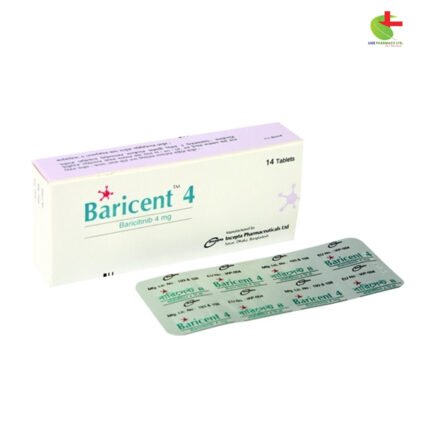
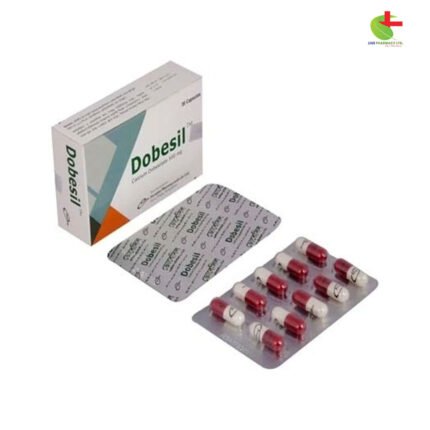

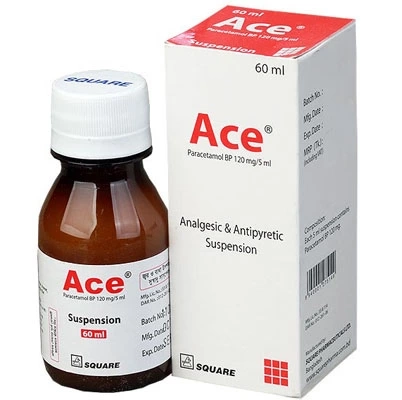
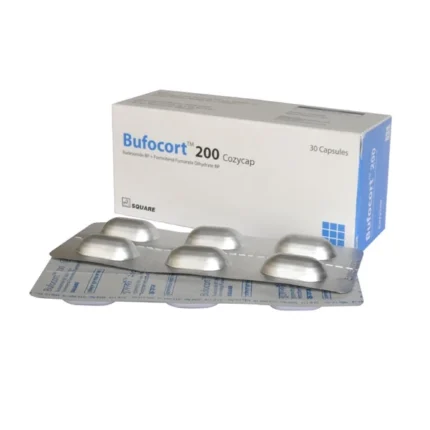
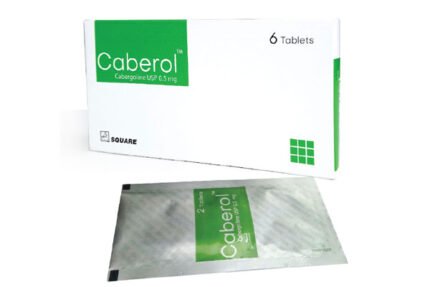
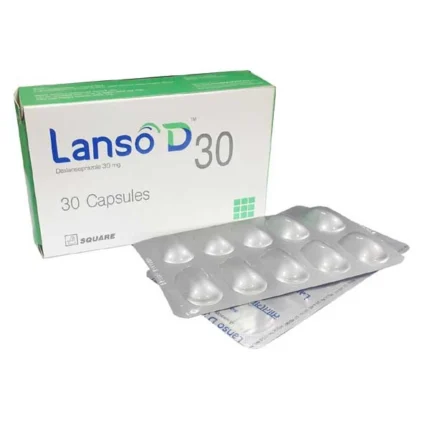
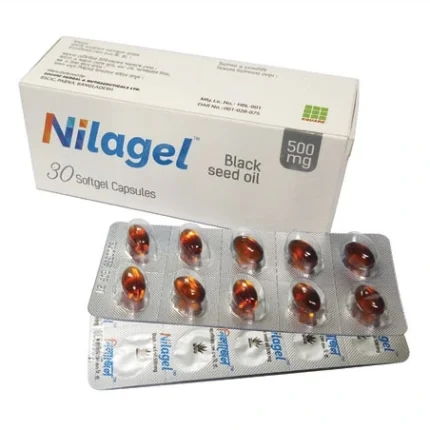
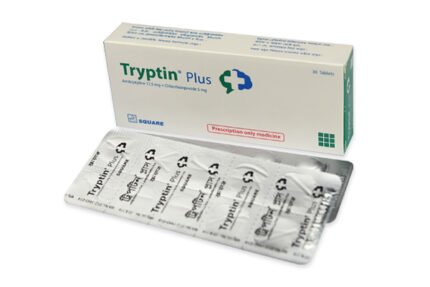

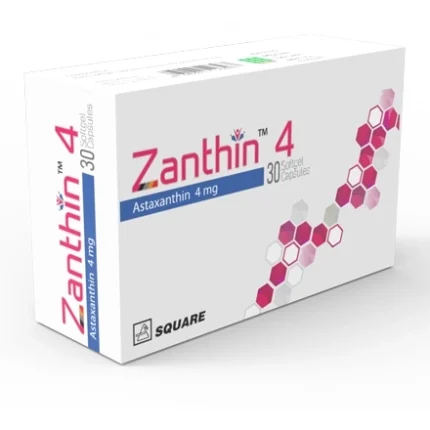
Reviews
There are no reviews yet.